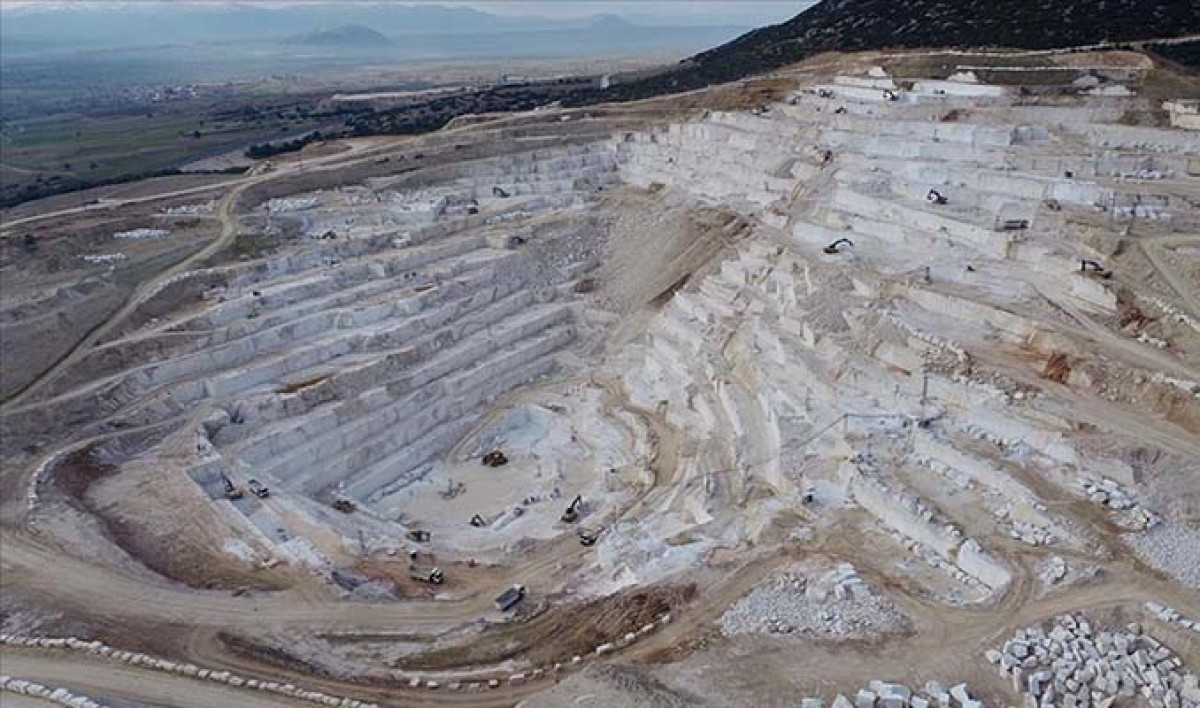Investing.com — Slowing immigration growth in Canada could ease pressure on the country's beleaguered housing market and contribute to a return of home affordability over the next decade. With fewer new migrants arriving, the number of new households formed annually will fall well below recent highs, according to new analysis by the Parliamentary Budget Officer (PBO). And this will allow the supply of housing to gradually catch up with demand.
Government efforts to reduce the share of temporary residents through visa restrictions for international students and foreign workers are already reshaping housing dynamics. Household formation is expected to fall below its historical average of 176,000 in 2025, down sharply from 482,000 in 2024, and remain low until at least 2030.
This demographic shift could allow housing construction to outpace demand. The PBO predicts an average of 227,000 net new housing units will be completed annually between 2025 and 2035. The net number of new households added annually during this period will be only 159,000.
This difference of 68,000 units per year could help ease rent and house price pressures, which have intensified over the past decade, especially in urban centers. Canada's total housing stock increased by a record 276,000 units in 2024. But this increase fell short of meeting the extraordinary increase in household formation caused by high levels of migration.
The PBO estimates that an additional 690,000 additional housing units will be needed by 2035 to restore the long-term supply-demand balance and account for suppressed household formation. Suppressed household formation refers to households that would form if affordable options were available. Meeting this goal, along with baseline projections, will require completing 3.2 million units, or 290,000 units per year, by 2035.
Reaching this level means maintaining annual completions more than a decade above the record of 2024. This situation presents a challenge even with a decreasing increase in demand. However, if migration is kept under control, the current pace of construction may be enough to improve housing affordability without requiring unprecedented levels of construction.
The PBO stresses that its forecast does not include the government's promises to double home construction rates. Instead, it relies on long-term economic trends and demographic projections that suggest that the easing of population pressures could rebalance housing markets without triggering oversupply.
This article was created, translated and reviewed by an editor with the support of artificial intelligence. See our Terms and Conditions section for more information.
⚖️ Yasal Uyarı:Bu içerik yatırım tavsiyesi niteliği taşımaz. Yatırımlarınızla ilgili kararlarınızı kendi araştırmalarınız ve risk profilinize göre almanız önerilir.
PBO, Canada's immigration




















.png)